As part of a project on U.S.-South Korea-Japan trilateral cooperation on economic security, the Center for East Asia Policy Studies (CEAP) at Brookings hosted a workshop with experts from these three countries on April 25, 2023. The session focused on technology competition with China and prospects for trilateral coordination on export controls. Mireya Solís, director of CEAP, followed up with a written conversation with Seong-ho Sheen, professor of international security at the Graduate School of International Studies of Seoul National University.
 MIREYA SOLÍS:
MIREYA SOLÍS:
In which ways is the role of export controls during the Cold War period similar or different from the current era of U.S.-China strategic competition? How has South Korea’s thinking on export controls evolved over time?
 SEONG-HO SHEEN:
SEONG-HO SHEEN:
Export controls during the Cold War were driven by security competition between the United States and the Soviet Union. The United States tried to prevent military-sensitive items and technologies, including dual-use technologies, from falling into Soviet hands. Yet, the current export controls against China are driven more by economic competition as well as certain security concerns, given that the Biden administration’s main domestic and foreign policy agenda is to “build back better” the U.S. economy for the American middle class to strengthen U.S. democracy. The future of U.S.-China economic rivalry will be rooted in high-tech competition, such as AI, big data, space, biotechnology, and robotics. Semiconductors are essential for all of these technologies.
South Korea is a key player in semiconductor manufacturing, making cooperation from Seoul important for U.S. export control efforts against China. South Korean companies like Samsung Electronics and LG entered the chip-making business in the 1980s. There was some tension between Seoul and Washington over South Korea’s export controls on these chips, even though South Korea did not have direct trade relations with the Soviet bloc during the Cold War. However, the stakes are much higher for South Korea today. It is a trade-dependent economy (more than 70% of GDP), its main trading partner has been China since 2003, and China plus Hong Kong account for more than 60% of South Korea’s chip export market. In comparison, the U.S. share is only 7.7%.
 MIREYA SOLÍS:
MIREYA SOLÍS:
How closely aligned or misaligned are the United States and South Korea on technology competition with China? The United States has recently stated the need to stall Chinese development of certain advanced technologies that can feed into military applications. What has been Seoul’s reaction?
 SEONG-HO SHEEN:
SEONG-HO SHEEN:
Even though South Korea’s view of China has become increasingly negative in recent years, especially after the THAAD controversy (China’s economic retaliation over the deployment of a U.S.-based anti-ballistic missile defense system) between Seoul and Beijing, still most South Koreans support maintaining friendly relations with China. At the same time, South Korean businesses increasingly feel competition from Chinese companies in high-tech fields. China is actively pursuing to catch up in semiconductors with huge government investment. In this sense, South Korea may see American efforts to curb China’s high-tech ambitions as a positive step for South Korea’s long-term tech interests. Yet, given that the Chinese market is a major revenue source, South Korean chipmakers like Samsung and SK Hynix simply cannot ignore business prospects in China. The two giant chipmakers suffered major losses last year largely due to the contraction of China’s economy with the COVID-19 lockdown. Samsung reported an earnings shock in Q4 2022 with a year-on-year decrease in operating profit by 97%. However, South Korean companies are expecting a recovery in sales as China’s economy reopens. They are worried that U.S. export control policies may undermine their strategy to expand sales in the Chinese market.
According to the Financial Times, China is considering its own counter-sanctions against Micron Technology, a major U.S. chip producer which derives about 25% of its revenue from China and Hong Kong. Reportedly, the U.S. government has asked the South Korean government to nudge Samsung and SK Hynix to refrain from increasing sales to China if Micron is banned from selling its chips. According to some commentators, the United States is hurting South Korean business in pursuit of its own national interests. Some experts worry that South Korea could be held hostage in a U.S.-China economic war if China retaliates with official or unofficial economic sanctions against the South Korean economy.
 MIREYA SOLÍS:
MIREYA SOLÍS:
On October 7, 2022, the U.S. government announced a complex set of export controls restricting Chinese access to advanced chips for AI and supercomputing and applying extraterritorial controls on sales of sophisticated chips if they were produced with American technology. How has this decision impacted South Korean firms? Are the United States and South Korea coordinating their export control policies effectively?
 SEONG-HO SHEEN:
SEONG-HO SHEEN:
This decision has become a dilemma for South Korean chipmakers. Samsung and SK Hynix have invested more than $30 billion, respectively, in building huge fabrication facilities in China. Compare that to Samsung’s $17-billion fab investment in Taylor, Texas. The fabs in China need additional upgrades to produce higher-end chips and meet China’s growing demand. And the October 7 measures give Korean chipmakers only one year of leeway to make the necessary changes to their operations in China. Reportedly, Samsung hesitated to accept U.S. subsidies through the CHIPS and Science Act which would force it to give up making fab upgrades in China.
In March, Washington announced national security guardrails that prohibit recipients of CHIPS subsidies from increasing their semiconductor production capacity in China by 5% or more in the next 10 years, which has given Samsung and SK Hynix some wiggle room. Some see this as a relaxation of the October 7 regulations as the new guidelines are limited to quantitative production capacity, and the United States has decided not to take issue with the “technological advancement” of Samsung and SK Hynix while the subsidies are being paid out. For now, the Korean chipmakers are breathing a sigh of relief as the new measures allow for at least some expansion of semiconductor production capacity in China and other countries. The South Korean government has announced that it will actively support Korean companies in making strategic decisions regarding whether to continue to pursue Chinese semiconductor projects while receiving subsidies from the United States. Yet, as the basic tenets of the October 7 regulations still limit the export of advanced chip manufacturing equipment to China, it is unclear how this will affect South Korea’s chipmaking in China in the long run.
 MIREYA SOLÍS:
MIREYA SOLÍS:
There has been major progress in solving the export control row on advanced chemicals for semiconductor manufacturing between Japan and South Korea. In which ways do these developments facilitate greater collaboration between the South Korea and Japan?
 SEONG-HO SHEEN:
SEONG-HO SHEEN:
The government of South Korean President Yoon Suk Yeol’s active engagement with Japan definitely shed positive light on South Korea-Japan bilateral cooperation, including export controls. However, there has been mounting frustration among the South Korean public that the Japanese government has not reciprocated Yoon’s positive engagement quickly enough. Japan first imposed economic sanctions on South Korea with export controls on key materials in semiconductor production after the South Korean Supreme Court’s decision on the forced labor suit back in 2019. More recently, South Korea took the first step by eliminating counter sanctions and reinstating Japan on its trade white list and withdrawing its case against Japan in the World Trade Organization. Yet, Tokyo initially only announced a review of the issue. Japan’s belated response angered the Korean public which believes that the Yoon government has made too many concessions too early. Fortunately, the Japanese government just announced it will re-enlist South Korea as a preferred trading partner on its white list. Another positive sign of reciprocation was Japanese Prime Minister Fumio Kishida’s visit to Seoul in May.
However, Yoon’s bold approach to mend relations with Japan faced strong domestic criticism from the media and the progressive liberal camp. They see Yoon’s approach as not only overlooking outstanding historical disputes with Japan but also challenging the constitutional order and individual rights by ignoring the Supreme Court’s decision. With his already low approval rating of around 30%, Yoon could pay a serious political price in the general election next year, putting the president and his agenda in a precarious position. Tokyo needs to move quickly to reciprocate Yoon’s favor in building a constructive partnership with Seoul. Otherwise, it could be a lost opportunity for both Seoul and Tokyo.
 MIREYA SOLÍS:
MIREYA SOLÍS:
In November 2022 in Phnom Penh, the United States, Japan, and South Korea issued a declaration for a Trilateral Partnership for the Indo-Pacific. What are some promising areas for trilateral cooperation?
 SEONG-HO SHEEN:
SEONG-HO SHEEN:
Thanks to Yoon’s active engagement with Tokyo, South Korea and Japan have resumed military cooperation in information sharing on North Korean missile tests and nuclear activities. The two neighbors also agreed to regular anti-submarine and missile defense exercises against North Korean threats. They are further planning to have maritime interdiction and anti-piracy exercises as well as training for disaster relief and humanitarian assistance in the Indo-Pacific region. The two countries are also discussing joining a “Chip 4 Alliance” in cooperation with Taiwan and the United States to ensure a stable supply of semiconductors. South Korea and Japan are key players in global semiconductor manufacturing with South Korea leading chip production technology and Japan specializing in the manufacturing equipment sector. Along with the United States’ strength in chip design, these three can work together to safeguard semiconductor supply chains for their consumption and coordination on export controls. Other areas of supply chain resilience cooperation might include next-generation emerging technologies in batteries, biotechnology, quantum computing, medical devices, AI, and more.
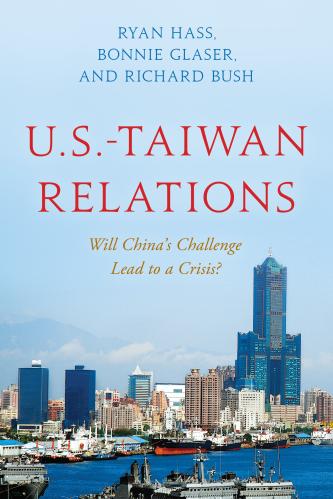
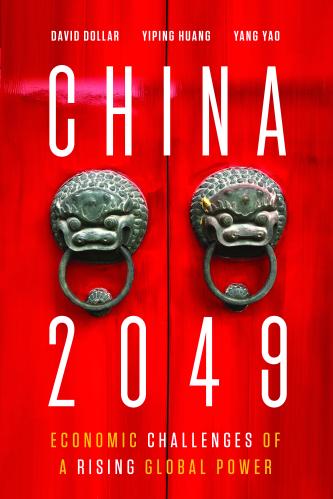
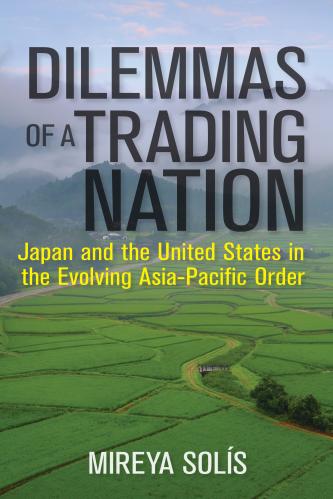
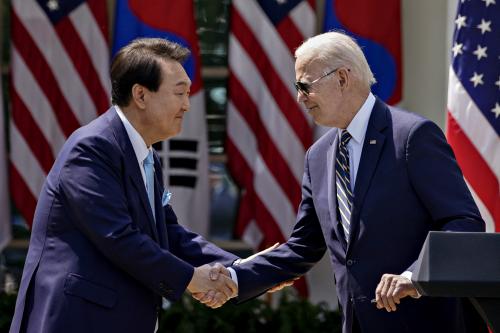
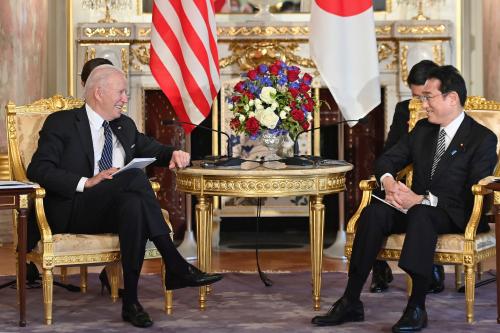
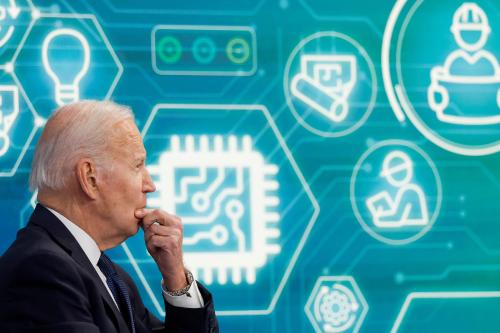

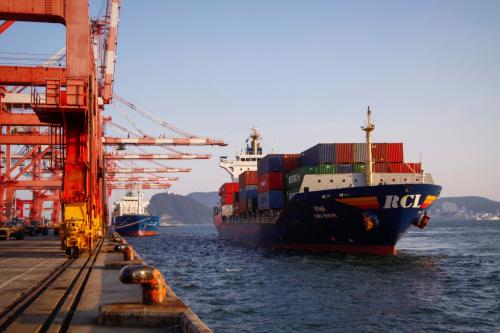
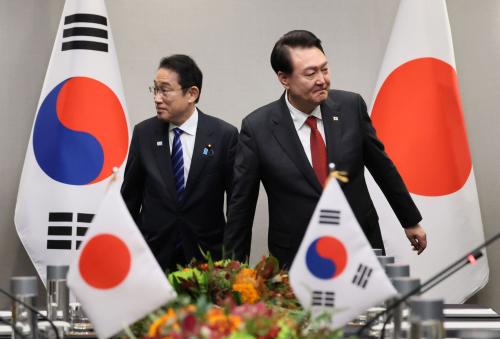
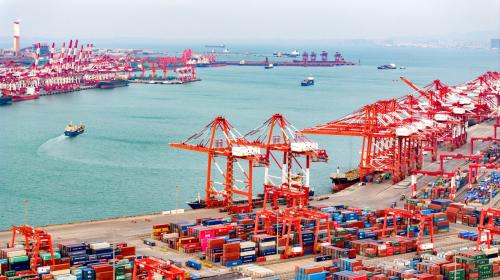
Commentary
How South Korea sees technology competition with China and export controls
May 17, 2023